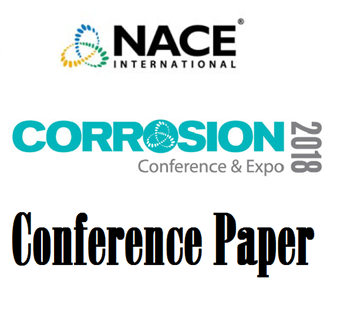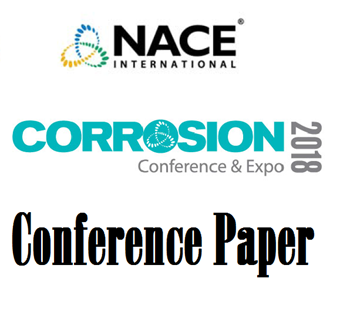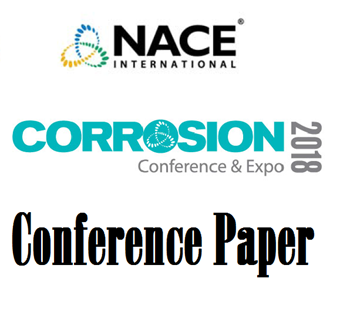Search
51318-11182-Effects of Pre-Oxidiation and Carburization on Corrosion in Molten Fluoride Salts
Also Purchased
51318-11191-Behavior of High-Temperature Materials in Sulphur-Containing Steam Cracking Conditions
Product Number:
51318-11191-SG
Publication Date:
2018
$20.00
51318-11154-Preliminary corrosion testing of explosive cladded materials in geothermal environment
Product Number:
51318-11154-SG
Publication Date:
2018
$20.00
51318-11184-Advances in on-site corrosion inhibitor management
Product Number:
51318-11184-SG
Publication Date:
2018
$20.00




